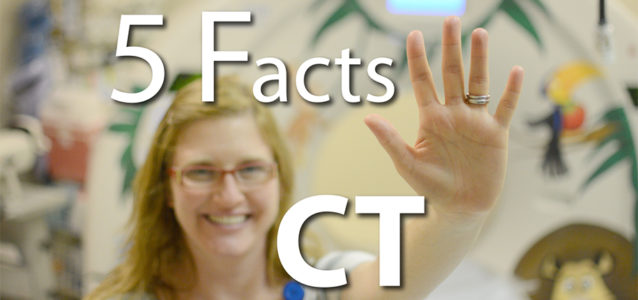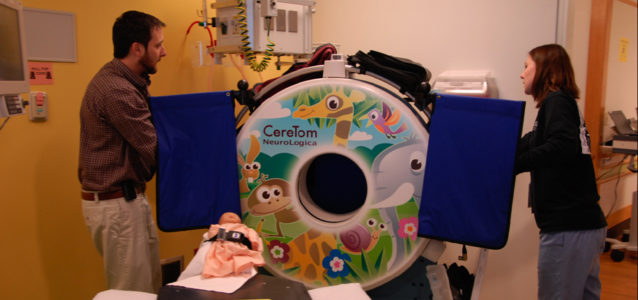
Here at Cincinnati Children’s we have four CT scanners at the Base, one at our Liberty Campus, and one at the Proton Center. All of these scanners are operated by our highly trained CT technologists. Here are five facts that you may not know about CT:
